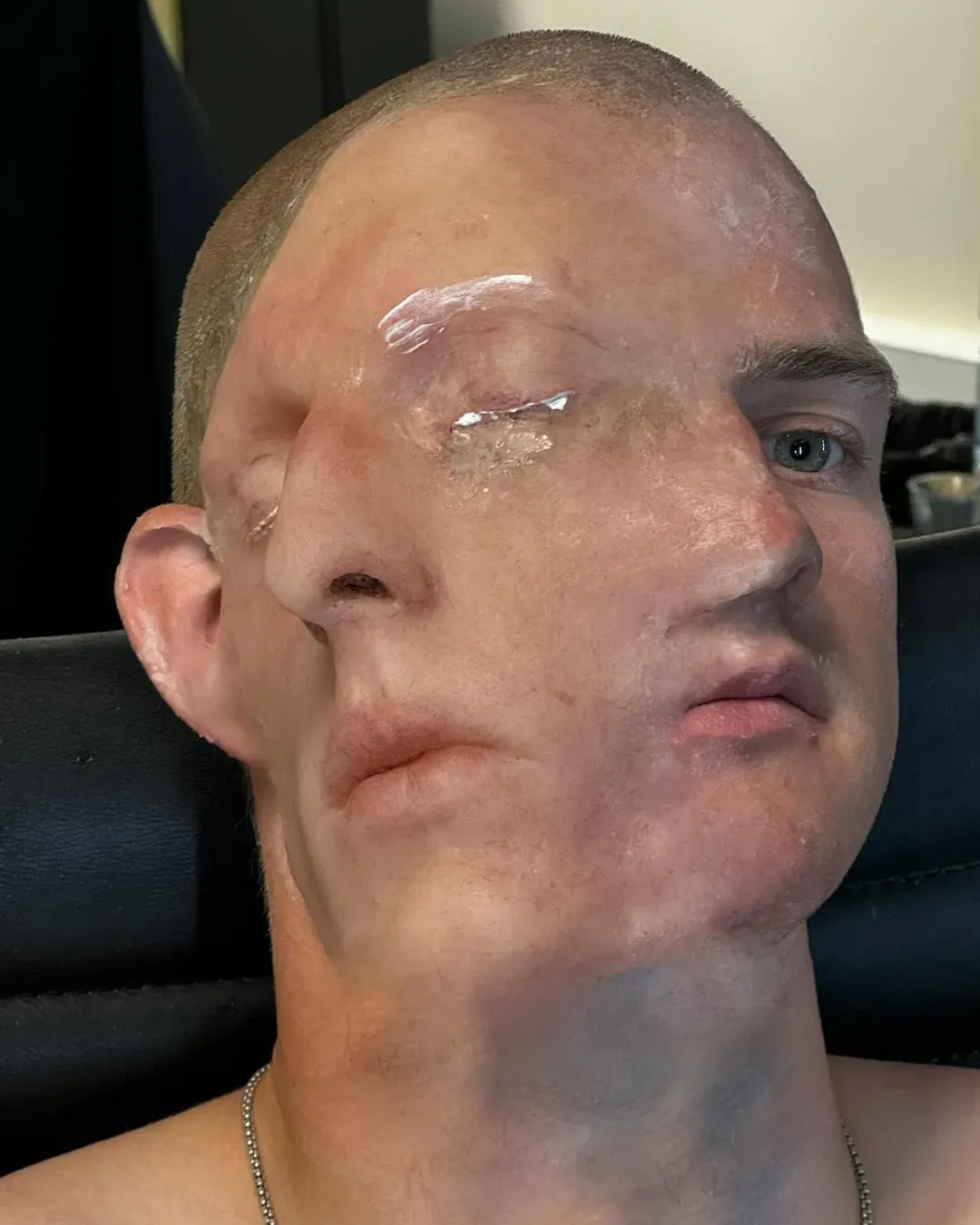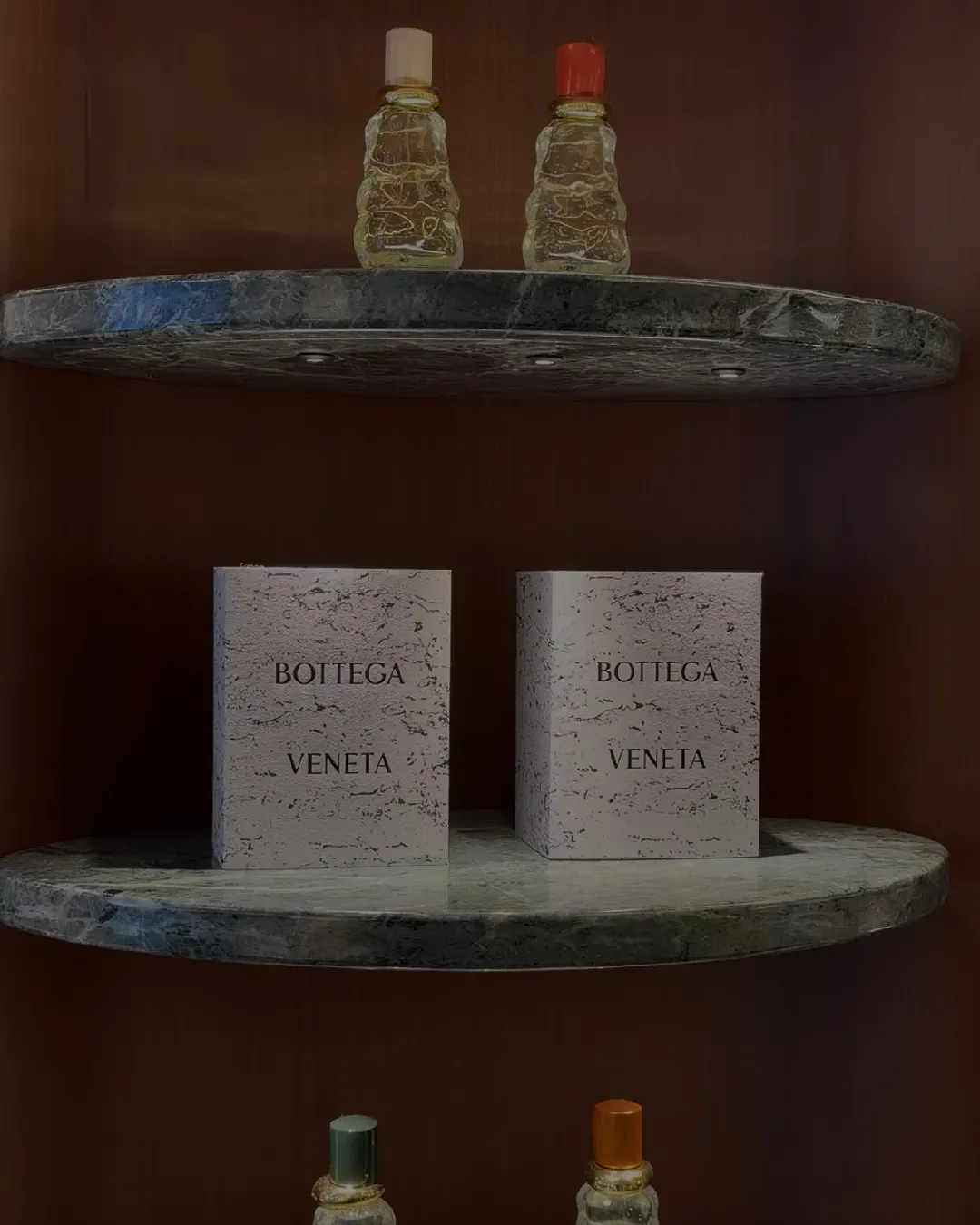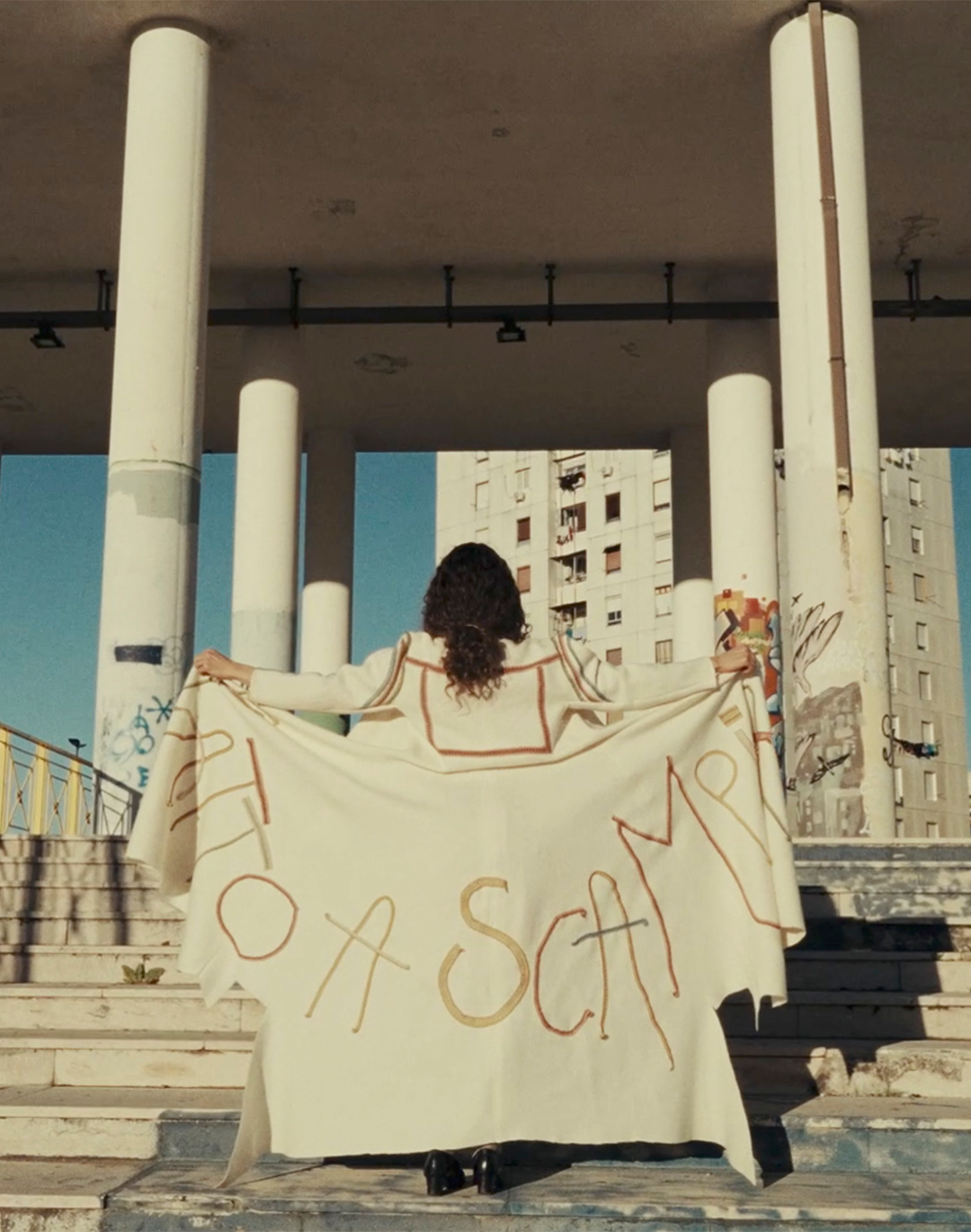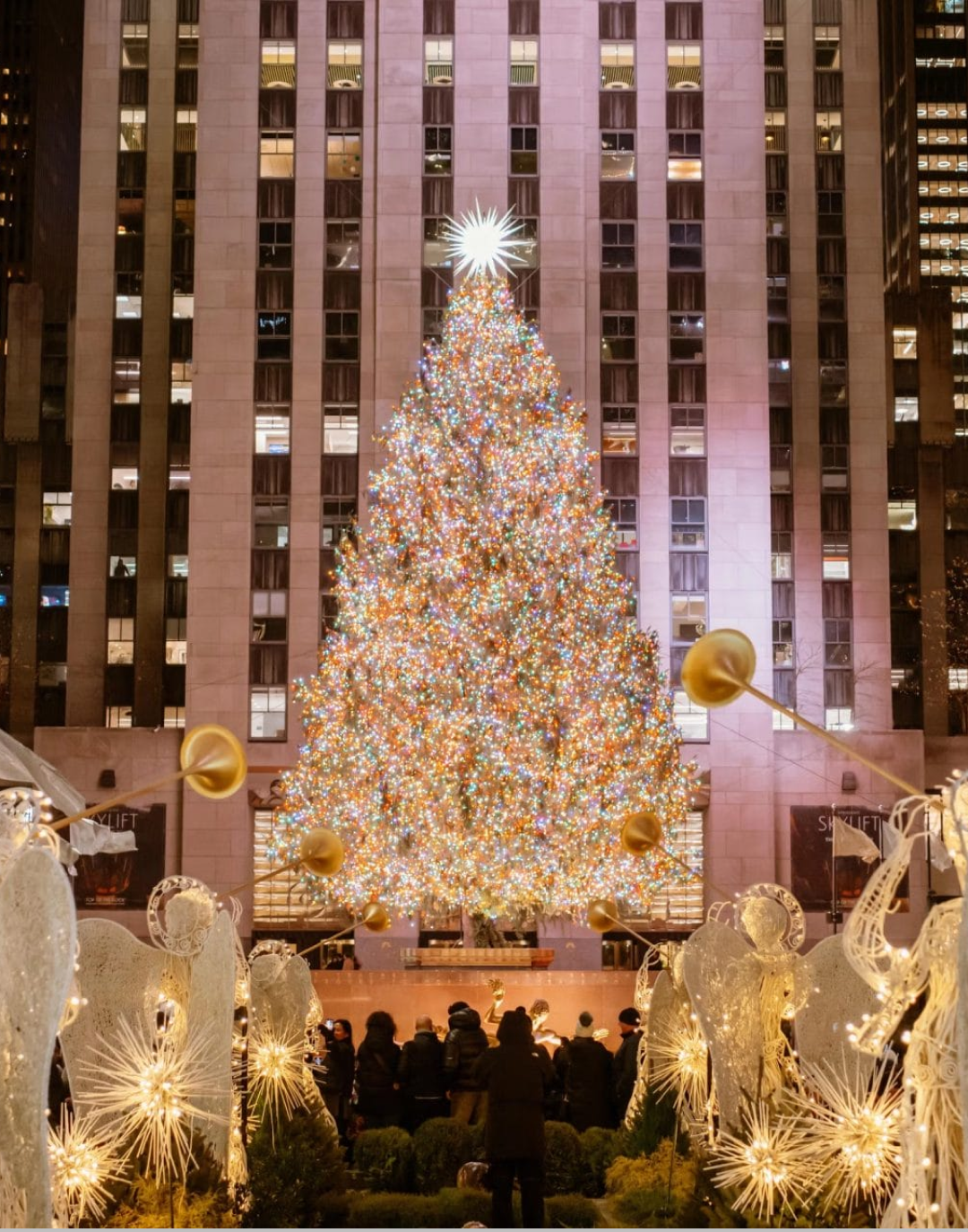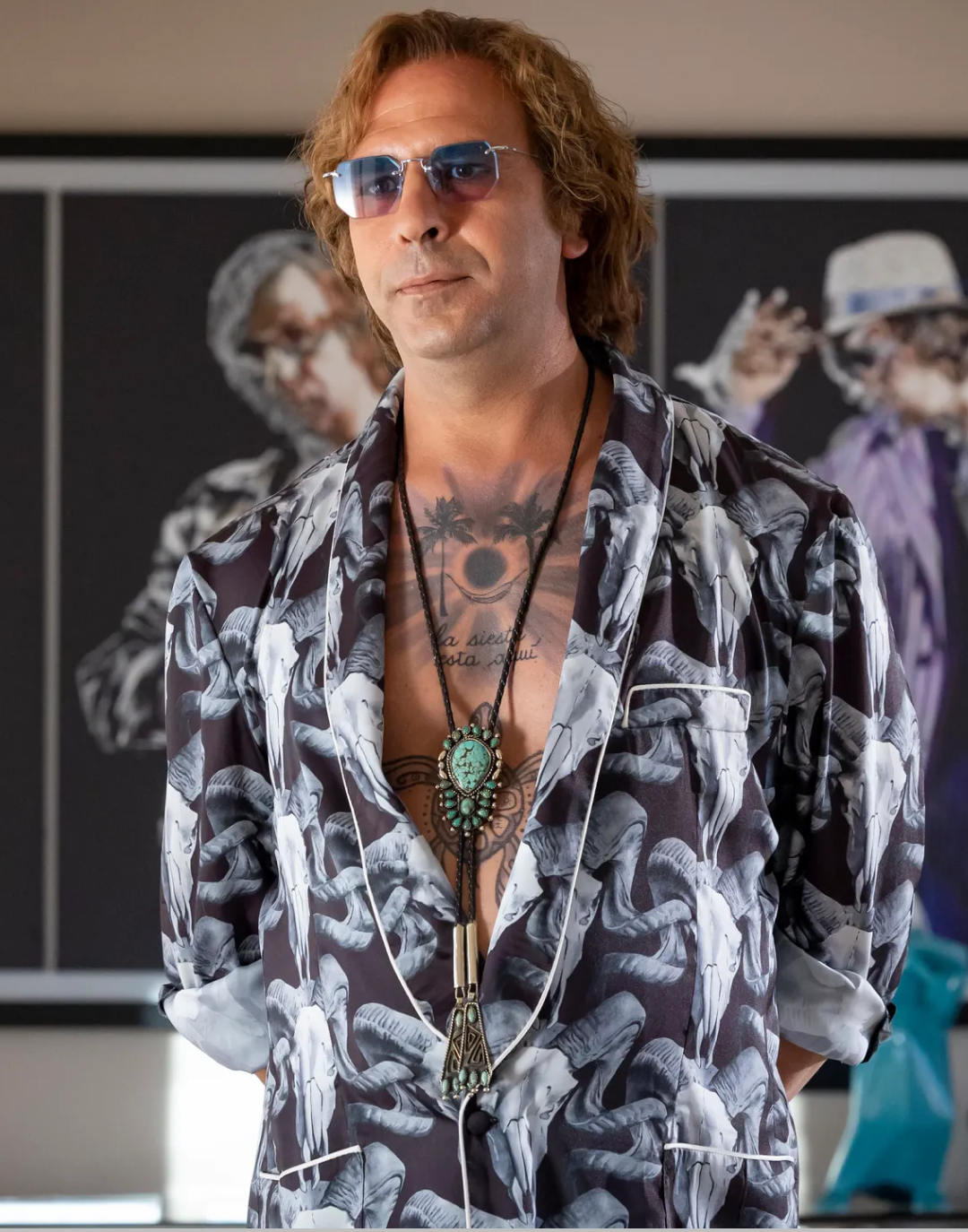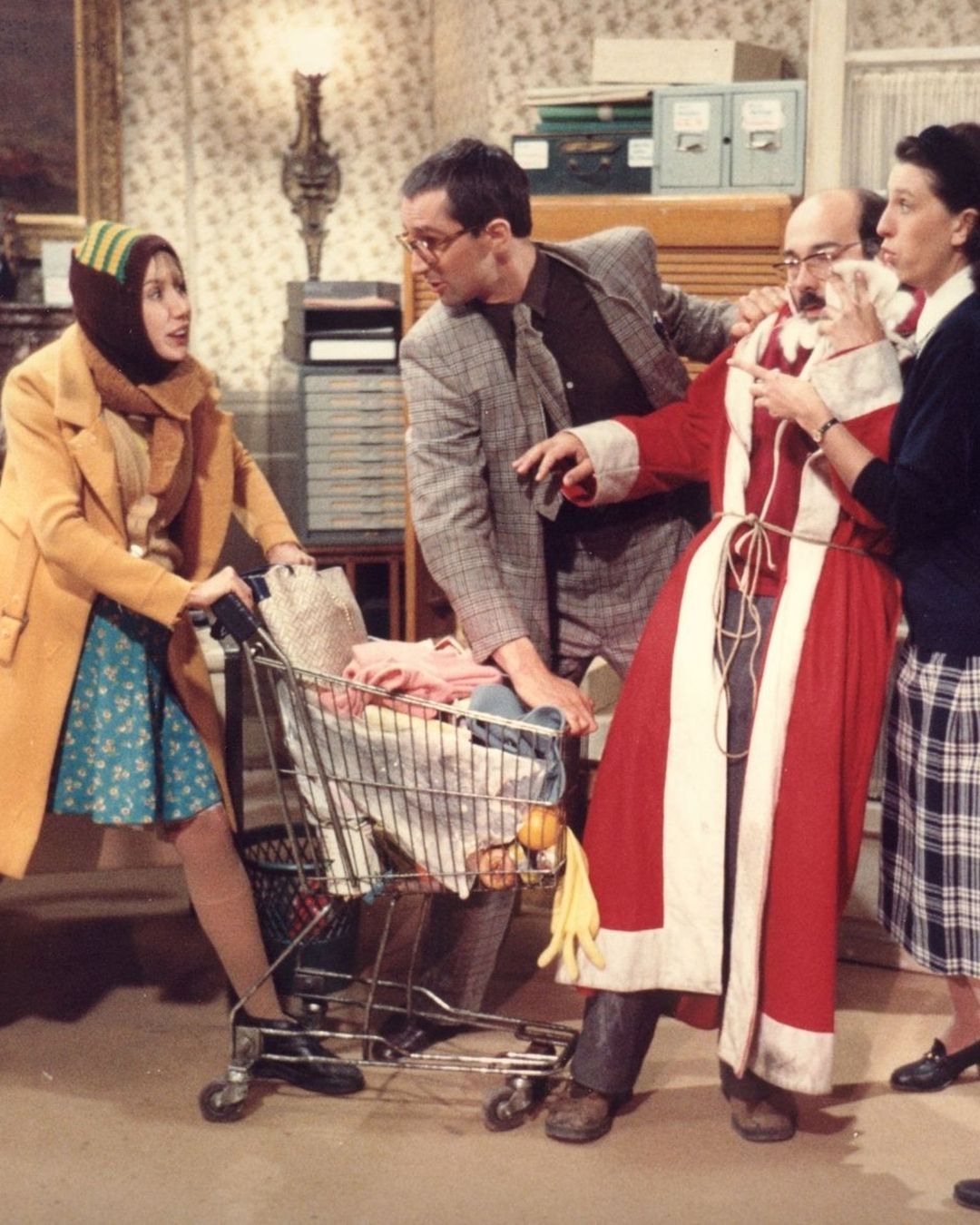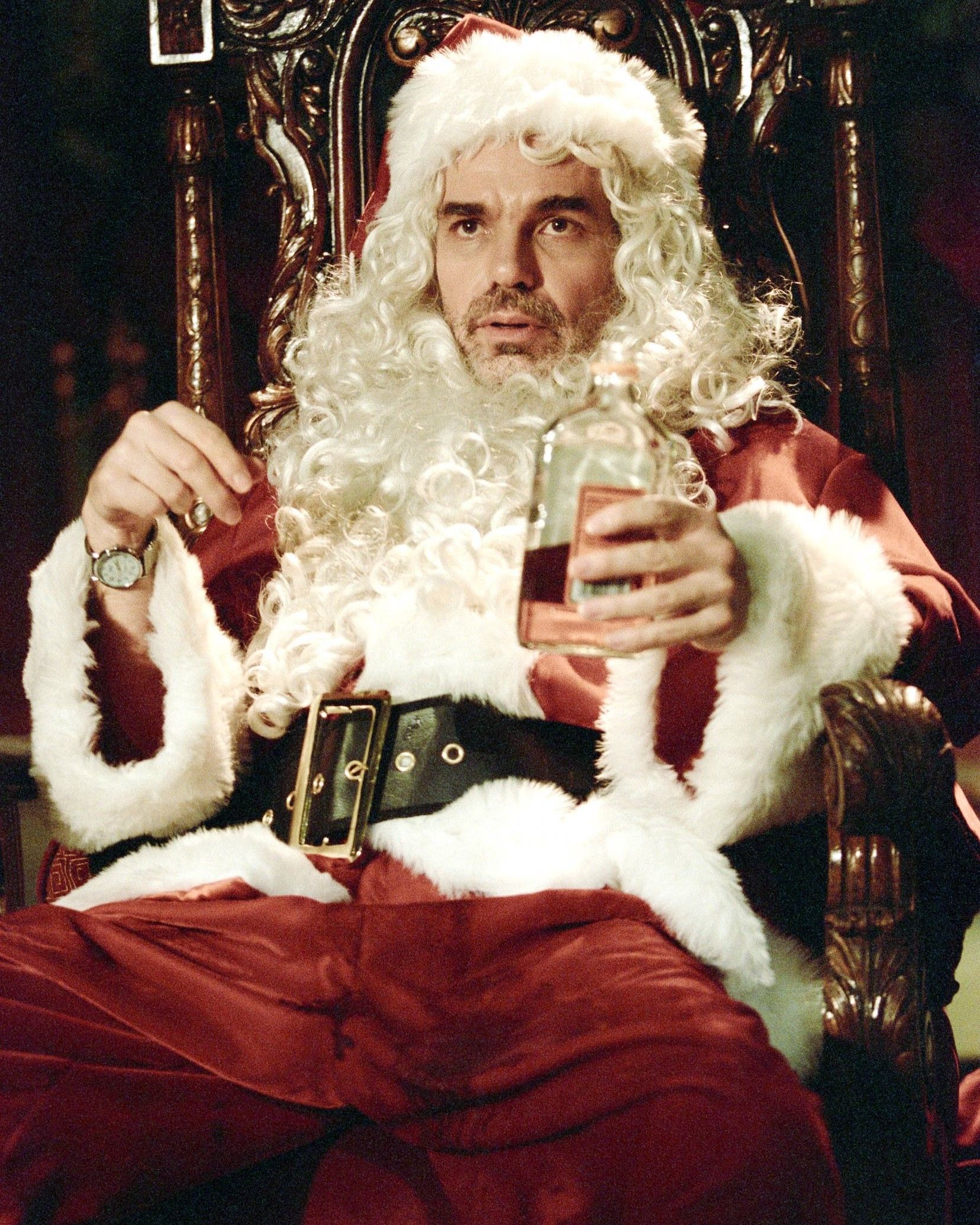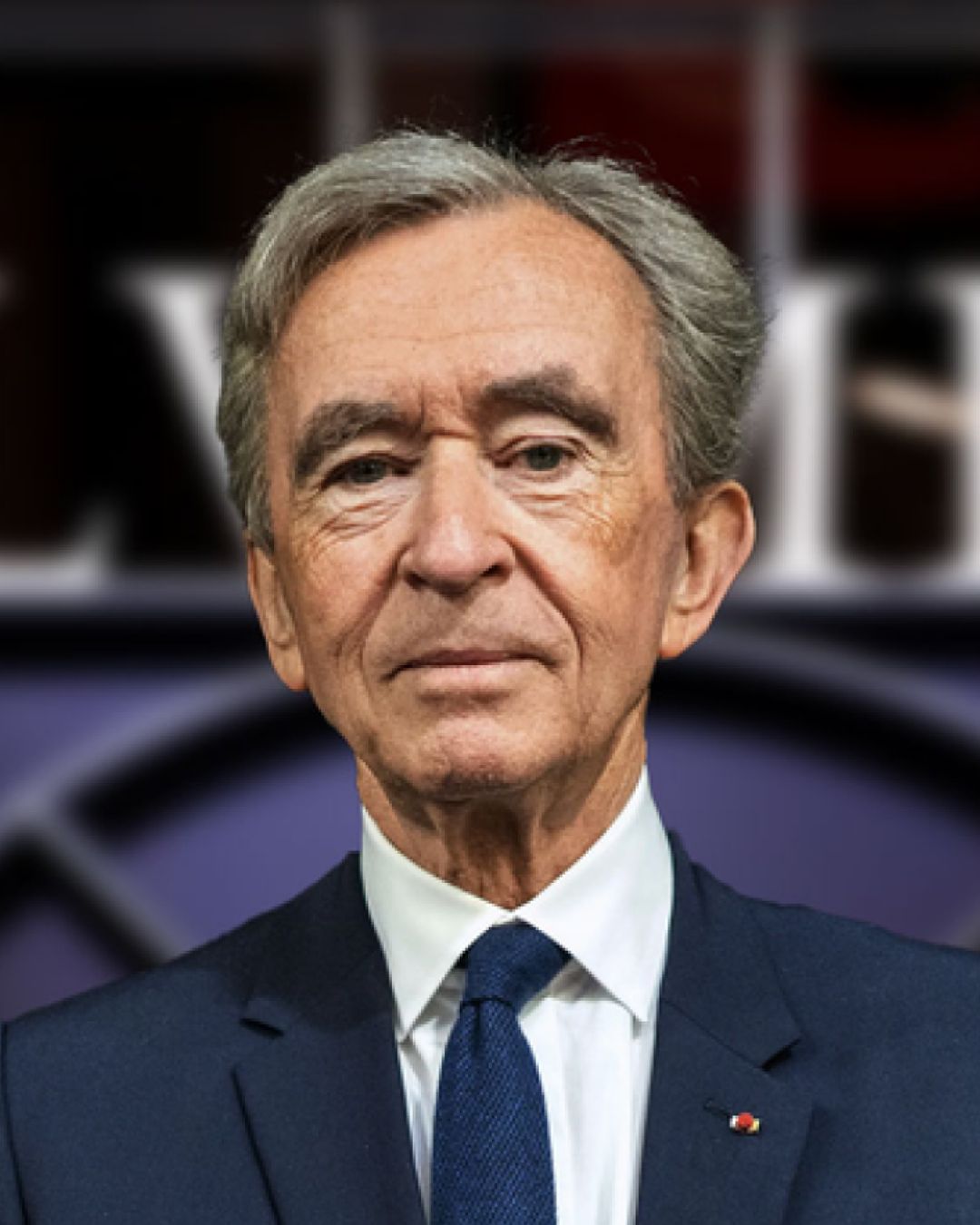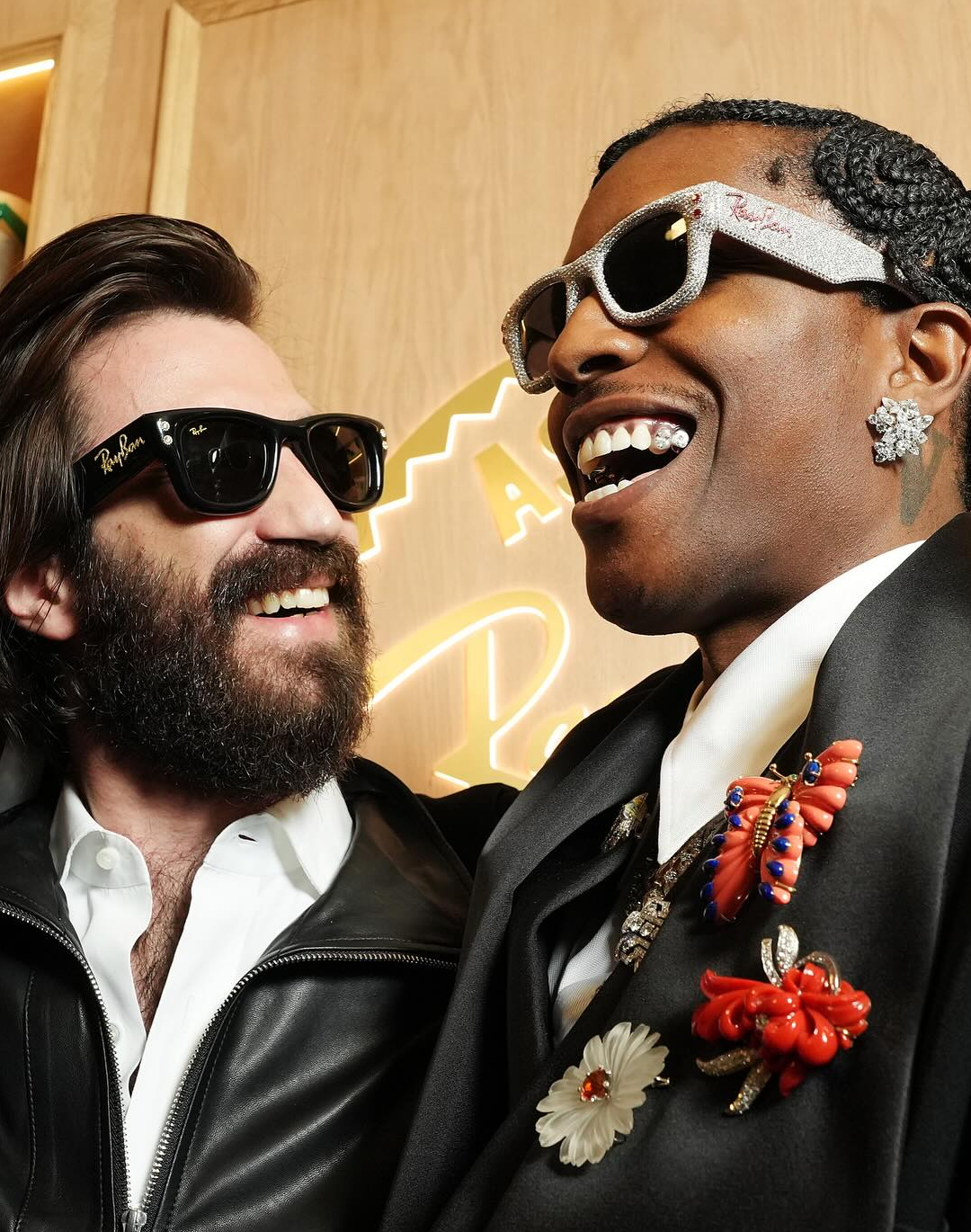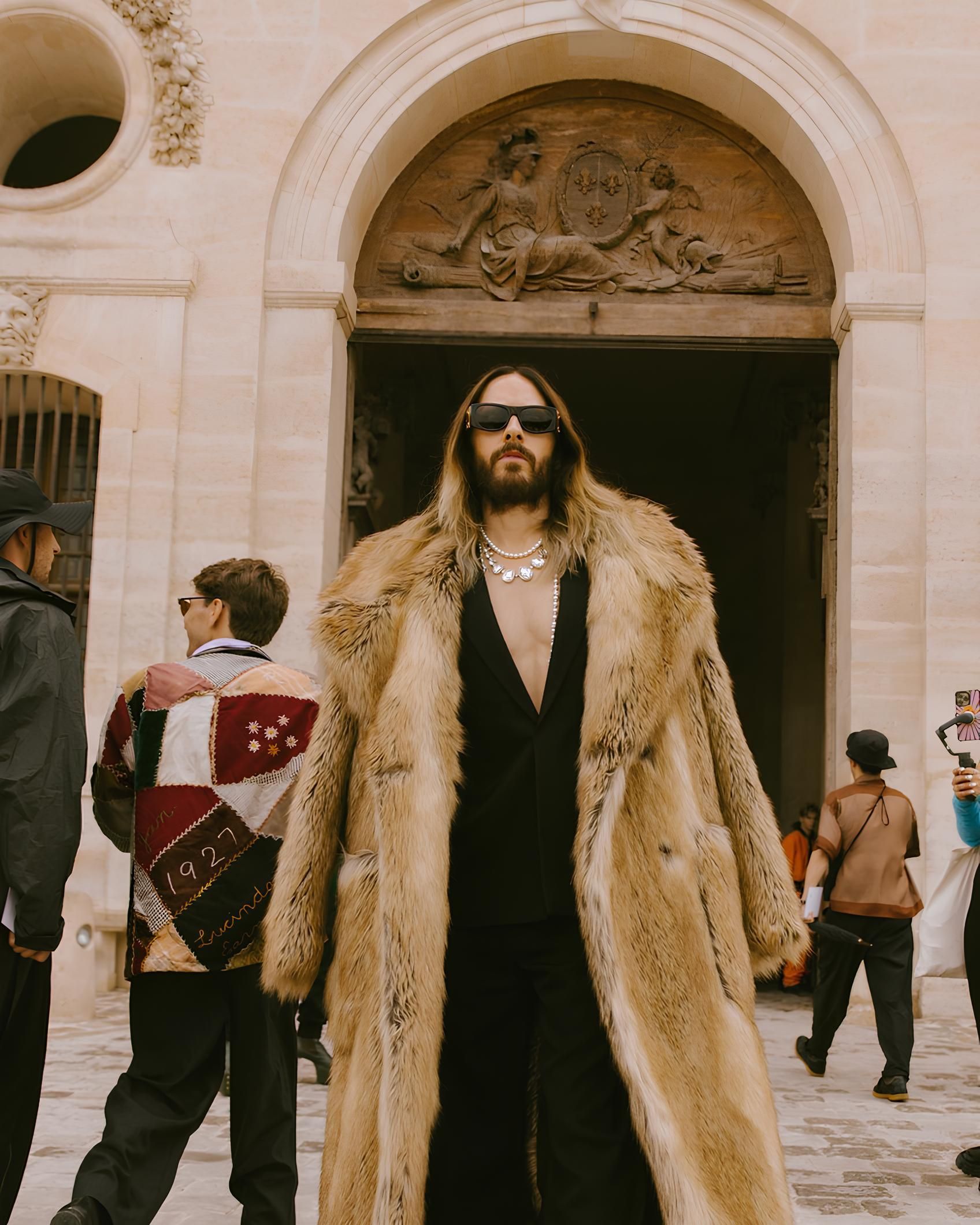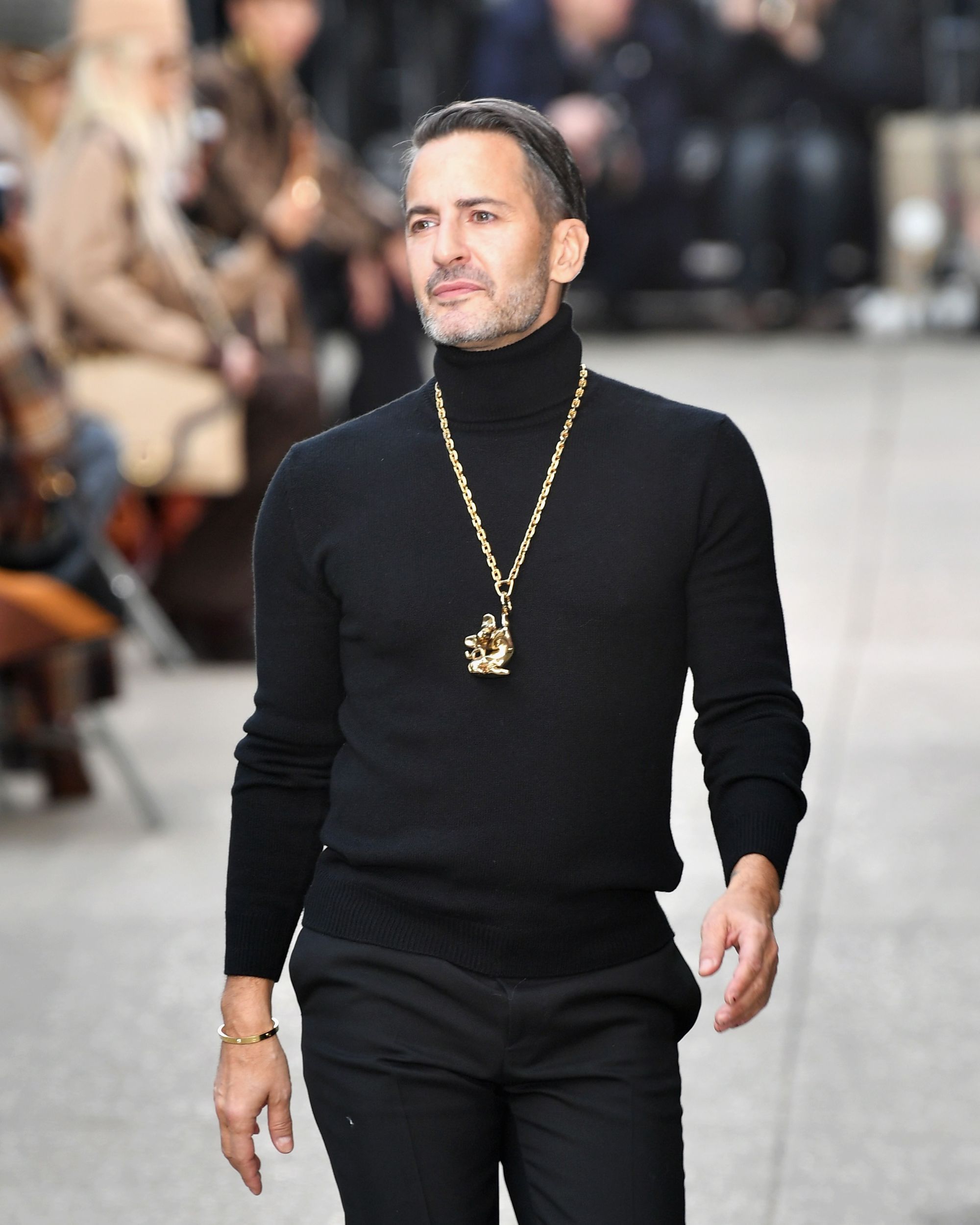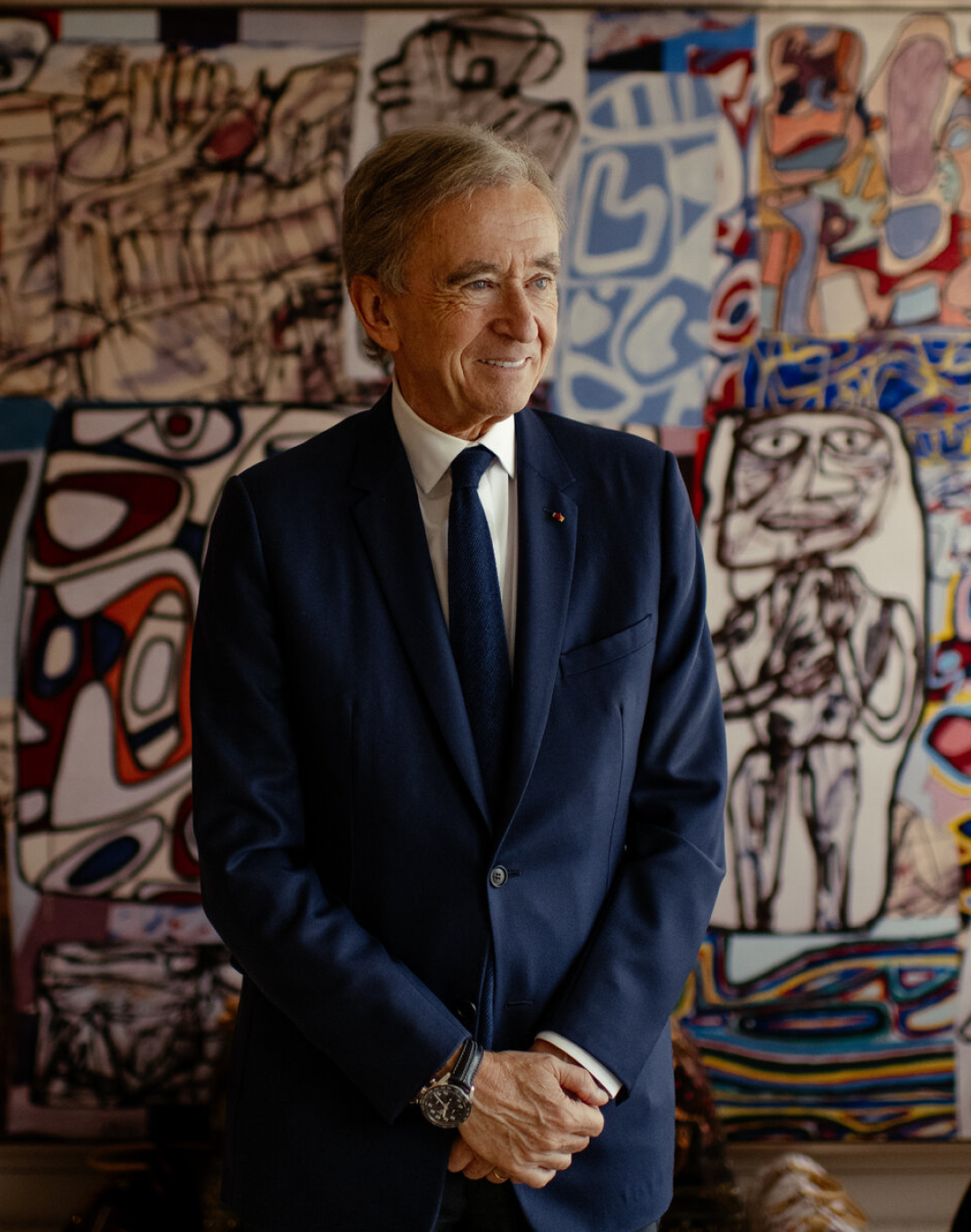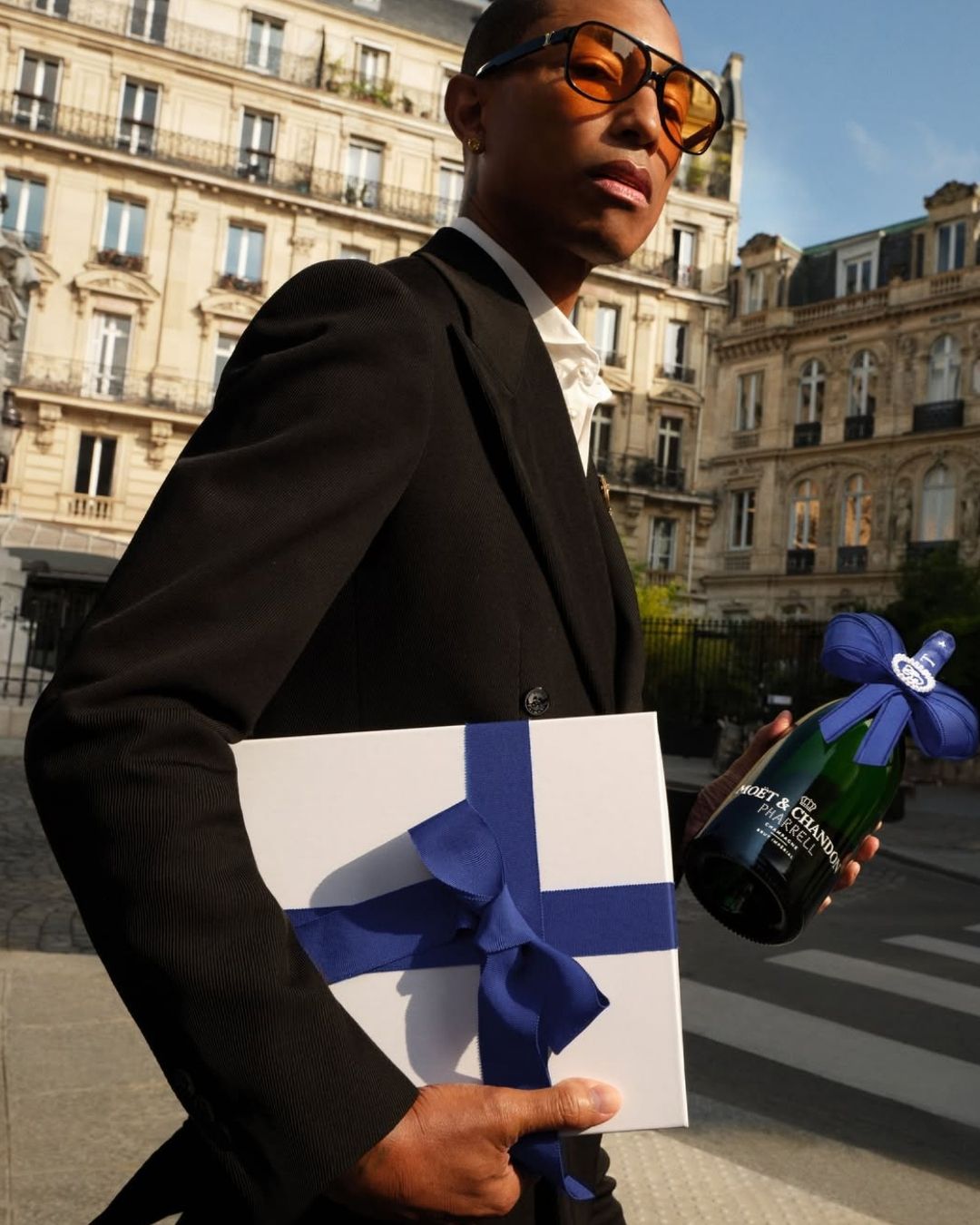
Could (and should) LVMH get rid of Moet Hennessy? Bernard Arnault’s empire might well choose the path of low-alcohol
In the near future, LVMH might become... just LV? According to a Reuters article, the MH part (Moët Hennessy), which is the Wines and Spirits branch of Bernard Arnault’s conglomerate, has been struggling in recent years and might fare better if dropped. As a reminder, the Moët Hennessy holding, originally formed by Moët & Chandon and Hennessy, now brings together 25 houses, including Veuve Clicquot, Krug, Dom Pérignon, Ruinart, and Glenmorangie and Belvedere. The alcoholic beverages unit, which accounts for about 7% of group sales, was the least performing of LVMH’s six divisions over the past year. Sales dropped 8% to 6 billion euros last year, while LVMH’s total revenue rose by 1%. This sharp decline comes in an unfavorable context for spirits brands: younger consumers are drinking less alcohol, the Chinese market continues to weaken, and premium alcoholic drinks are no longer as sought after as before.
LVMH vient tout juste de publier ses résultats du 4ème trimestre 2024 et…
— Dividend King (@Divs_King) January 28, 2025
Ils sont clairement très moyen
Le secteur des vins et spiritueux est particulièrement impacté,
L’action baisse de 6% dans les échanges d’après bourse pic.twitter.com/ajOCgltc5W
The French luxury group has room to raise high-end product prices by around 2 to 3% without affecting demand from luxury customers, but raising prices for cognac or beauty products would be more difficult, company executives said on May 28, according to Reuters. When asked about selling the wines and spirits division, LVMH CEO Bernard Arnault told analysts in January that “it’s not on the agenda”. He said he expects to “see a good recovery” in two years, especially since a new management team was put in place this year, including the group’s former CFO, Jean-Jacques Guiony. Faced with Moët Hennessy’s ongoing slowdown, LVMH is exploring new ways to revitalize its wine and spirits brands. While a sale isn’t officially being considered yet, the group acknowledges the need to adapt its portfolio to a rapidly changing market. Consumers, particularly younger generations, are increasingly turning to low- or non-alcoholic beverages, preferring healthier and less expensive options—an important factor in a context of widespread inflation.
@pyoneayee Gen Z non-alcoholic beverage brands WYA!!! @Drink Dappy @drinkghia @Kin Social Tonics @OOSO #nonalcoholicdrink #genzbrands #sobercurious #alcoholfree #nolow original sound - Pyone Aye
To meet these changes, some Moët Hennessy houses have already begun experimenting with innovative alternatives, researching low-alcohol recipes aimed at appealing to a broader and more mindful audience. Last year, the luxury group acquired a minority stake in the non-alcoholic sparkling wine brand French Bloom, signaling its intent to invest more in this growing industry. The transformation could thus involve a deeper diversification of the product range. The goal: to reconcile the prestige image with more responsible consumption trends. A strategy that could delay or cancel the idea of a sale if the transition proves successful.






